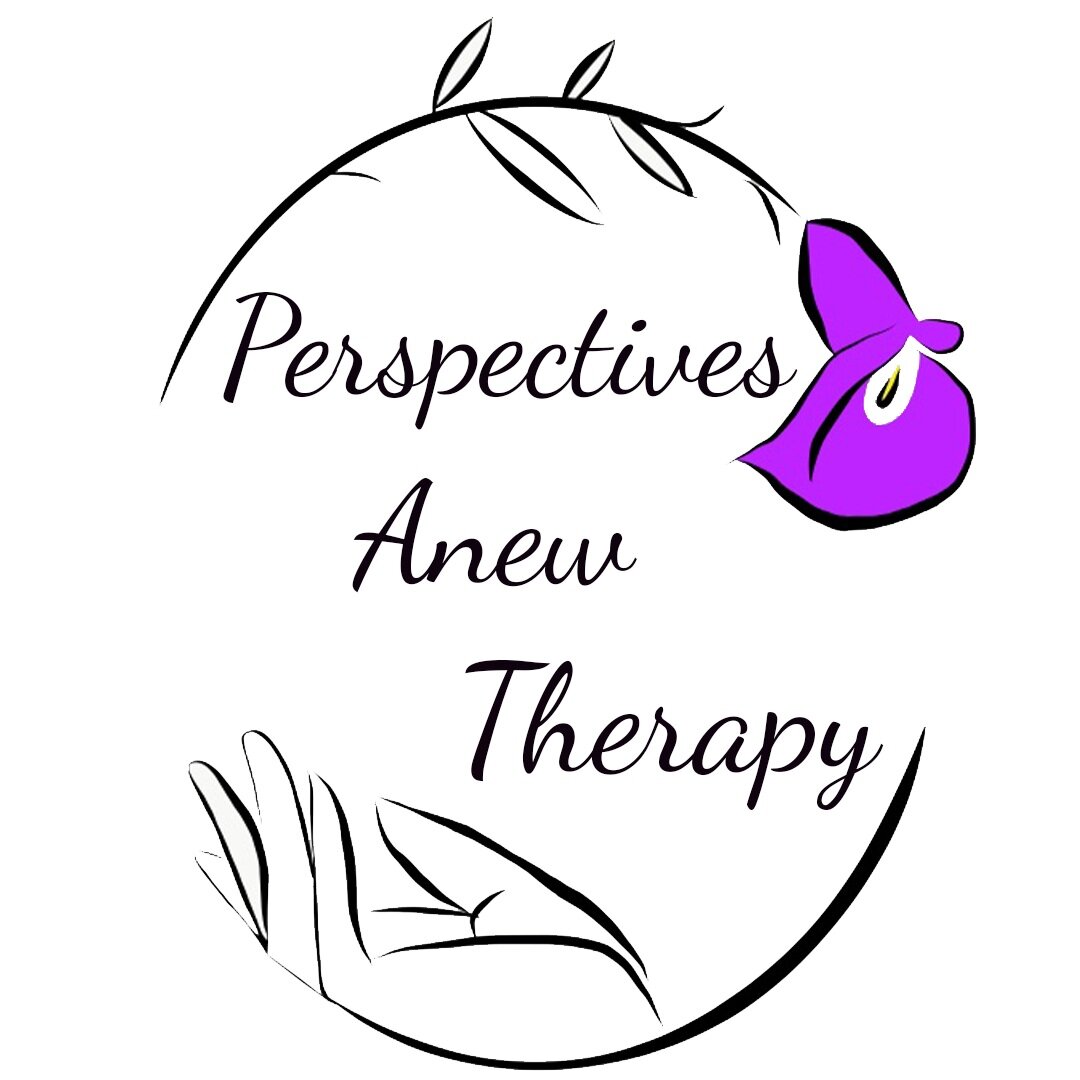Gender Dysphoria
Gender dysphoria is defined as the feeling of discomfort or distress that occurs in people whose gender identity differs from their sex assigned at birth and/or their sex-related physical characteristics. Those living with gender dysphoria tend to feel uncomfortable in their own body and may want to change how they express their gender. Expressing gender can look like what an individual wears, transitioning socially such as what pronouns they use, transitioning medically or surgically, or a combination of these. It is important to note that some transgender and gender-diverse people feel comfortable within their body with or without medical intervention. The DSM-5 has a gender dysphoria diagnosis that can help people receive health care and effective treatment that focuses on the discomfort as the problem as opposed to their identity.
Symptoms of gender dysphoria include distress, anxiety, depression, negative self-image, a strong dislike of one's sexual anatomy, and a strong preference for toys and activities associated with other genders can be seen in children. Additional symptoms include a strong belief of having the typical feelings and reactions of another gender, a desire to have the genitals and secondary sex characteristics of another gender, a desire to be or be treated as another gender, and a desire to prevent the development of secondary sex characteristics. Gender dysphoria may start in childhood and continue into adolescence and adulthood, however individuals can have periods of time where they do not experience the dysphoria. There is not a set time frame where gender dysphoria occurs because it can begin before or during puberty as well as in adulthood.
Source: Mayo Clinic, Boston Children’s Hospital
